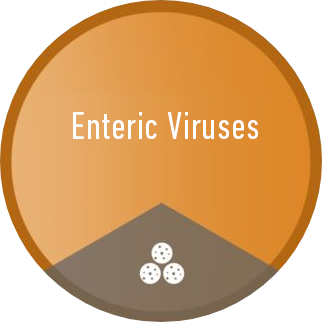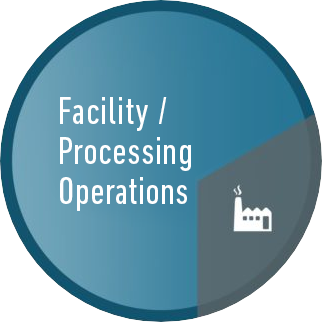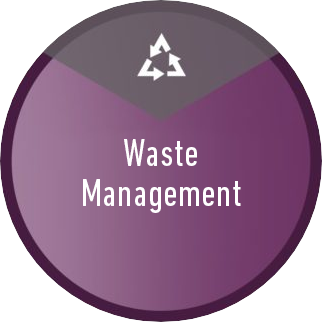Post Harvest
Post Harvest
Post-harvest: Resource materials include management of personnel, proper clean-up and disinfection methods, and food handling education and training materials.
Post Harvest Recommendations
Recommendations
To download these free resources, please login as an AFFI member or create a non-member profile first.
Cleaning and Sanitation of Tools
Post-Harvest
Tools, utensils and other implements in the facility can cross contaminate harvested fruits
1. All tools, utensils, cloths and sponges used to clean raw fruits or food contact surfaces should be cleaned and sanitized at least daily.
2. If organic matter builds up on sponges and cloths or if they appear to be contaminated, they should be immediately discarded and replaced prior to cleaning operations.
Farm and Facility Vehicles
Post-Harvest
Facility Transportation Storage
1. Farm vehicles, pallets, containers or bins used to transport harvested produce and/or packed products are cleaned and maintained to prevent contamination (e.g. soil, dirt, animal manure, spills, etc.)
2. Protect unused clean and new packing containers from contamination while in storage.
Health and Hygiene Information
Post-Harvest
Health and Hygiene Training
1. Signs with the key hygiene instructions should be visibly displayed in relevant locations.
2. Clear instructions must be shared to ensure all workers wash hands before handling raw fruit.
3. In general, all workers handling ready-to-eat products are expected to wash hands prior to start of work, after each visit to a toilet, after handling contaminated material, after smoking or eating (in designated areas), after breaks, and at any other time when their hands may have been exposed to potential contamination.
Locker Room Management
Post-Harvest
Management should provide designated rooms for changing clothes
1. All employees should use these facilities to change clothing and any protective outer garments as needed.
Procesing Equipment
Post-Harvest
Facilities should allocate specific packing and processing areas comprised of appropriate equipment
1. The packing area and equipment that come in contact with fruits should be cleaned and sanitized at least daily.
Processing Facility and Infrasctructure
Post-Harvest
Infrastructure needed for packing and processing of fruits
Guide to Minimize Microbial Food Safety Hazards (FDA)
Maintenance and Repair of Buildings (CanadaGAP)
Cleaning and Maintenance of Hygiene Facilities (CanadaGAP)
Cleaning and Maintenance of Hygiene Facilities Log (CanadaGAP)
1. The facility for packing or collection of fruits should be of adequate size and allow cleaning and disinfection.
2. The facility should be designed to prevent accumulation of water on the floor and avoid leaking.
Testing of Food Contact Surfaces
Post-Harvest
Swab food contact surfaces and test for bacterial indicators (such as E. coli, fecal coliform or total coliform) at least once a month during production. When test results indicate fecal contamination, test for Hepatitis A virus (HAV) and Norovirus (NoV). If virus is detected, reinforce surface disinfection, repeat test to confirm contamination, and isolate affected surfaces until the contamination is removed.
Testing of Fruits
Post-Harvest
Test finished products for Hepatitis A virus (HAV) and Norovirus (NoV) at least once per month during production. If virus is detected, isolate affected lot(s) and repeat test to confirm the scope of contamination. Do not consume or distribute the affected lot(s). Discard or dispose the fruit according to regulatory requirement or internal protocols.
Testing of Workers Hands
Post-Harvest
Swab plant workers’ hands and test for bacterial indicators (such as E. coli, fecal coliform or total coliform) every 2 months without prior notice. When test results indicating fecal contamination, test for Hepatitis A virus (HAV) and Norovirus (NoV). If virus is detected, temporarily remove the person affected from positions requiring direct contact with food, verify the health condition of the person and repeat test to confirm the infection. If viral infection is confirmed, the plant worker shall not return to work until NoV and/or HAV infection is confirmed negative. Consider increase the number and frequency of test if virus is detected repetitively.










